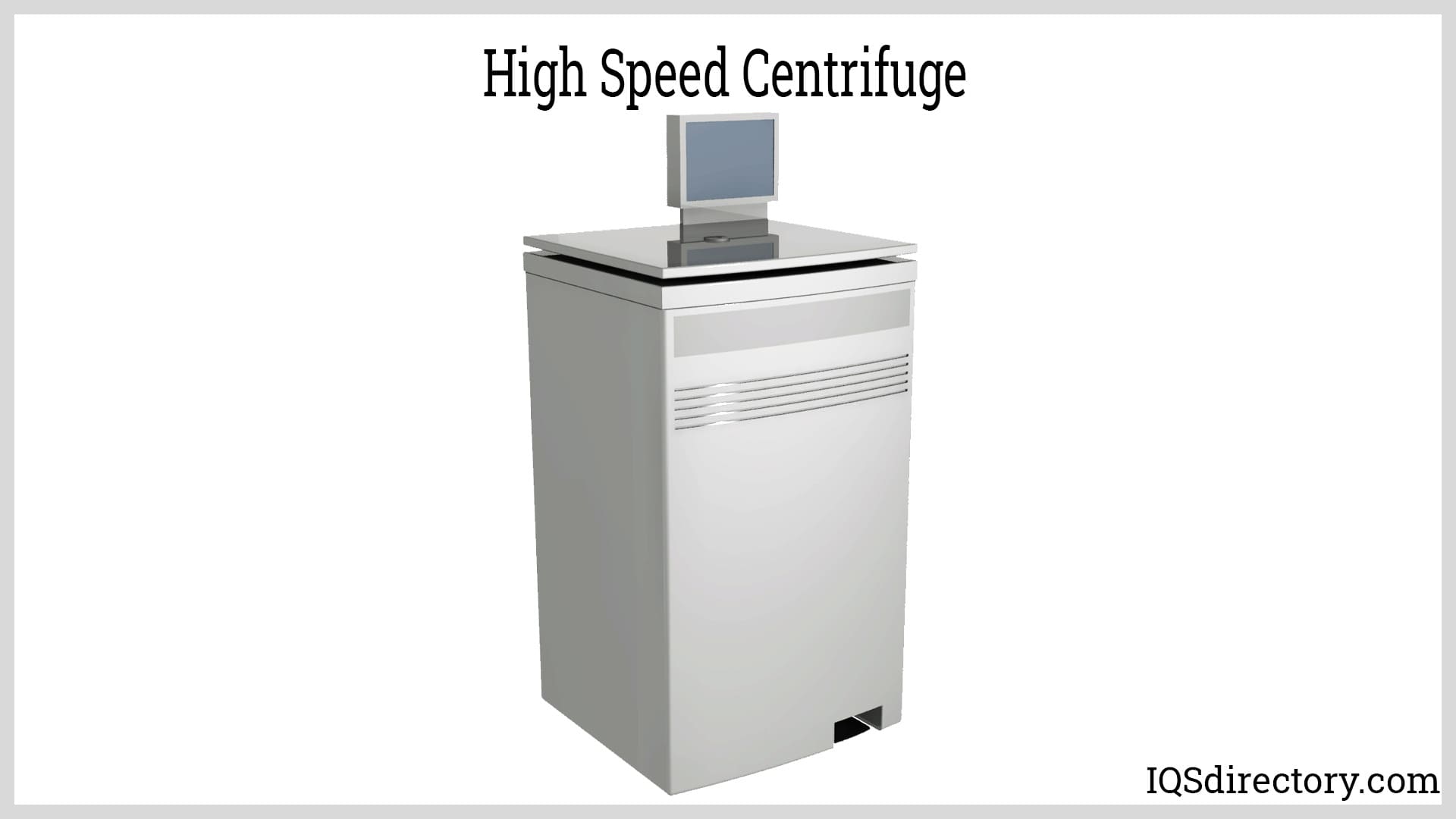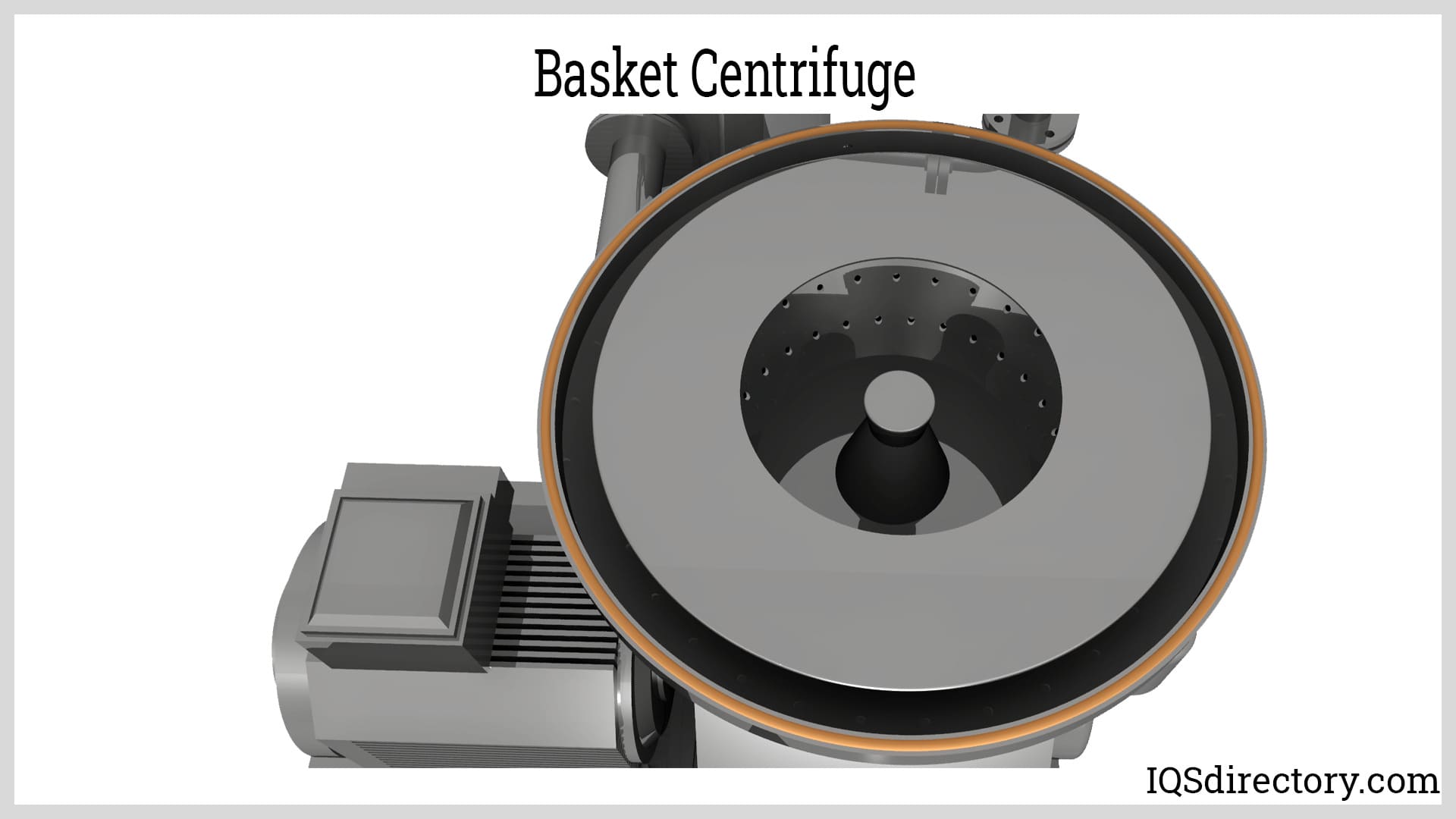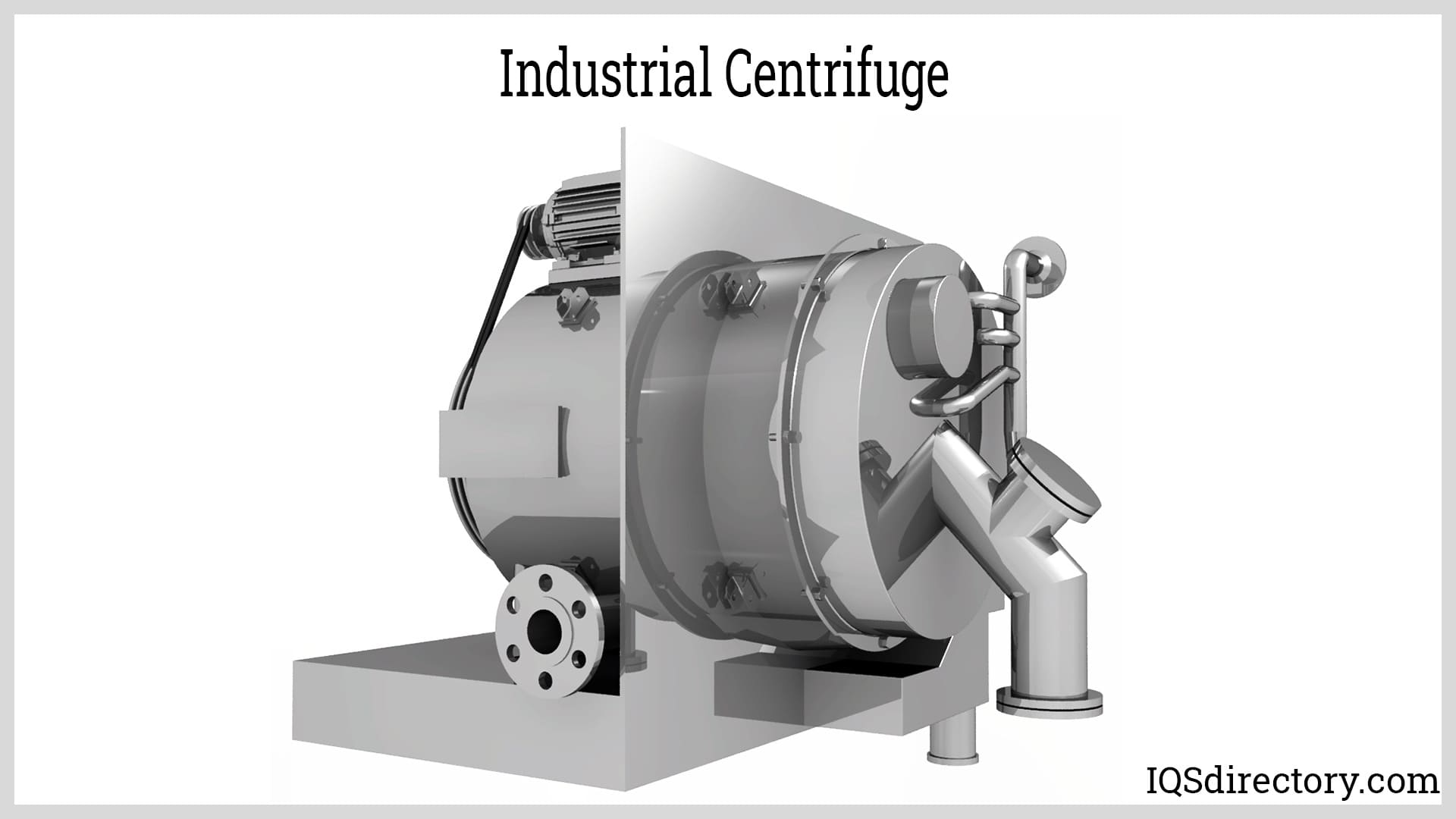High-Speed Centrifuge
A high-speed centrifuge employs centrifugal force to separate particles with various densities or masses suspended in a liquid. High-speed solution rotation inside the tube causes each particle's angular momentum to experience centrifugal forces inversely proportional to its mass. A particle flows through a liquid at a constant speed when the centrifugal force acting on it equals the resistance the liquid exerts against it. Dense-mass particles migrate forth more quickly than less-mass or more-frictional particles due to the sample being rotated in the centrifuge—a compacted precipitate forms at the bottom of the centrifuge when a suspension of particles is spun.
How High-Speed Centrifuges Work
Centrifuges are used to separate two materials with differing densities. They work best when separating materials with similar densities or when dissolved solutions contain insoluble particles. The idea that a centrifuge uses a centrifugal force is a widespread misunderstanding. In actuality, the sedimentation principle is how all centrifuges operate. The centrifugal force acting on the rotor and centrifuge tubes due to the rotor's acceleration is known as the "sedimentation principle." As a result, the denser materials in the tubes are pushed radially outward. Additionally, as a result of this, lighter particles are dispersed and travel inward. Several particles might get "stuck" at the bottom of centrifuge tubes when using a laboratory centrifuge.

Design of High-Speed Centrifuges
High-speed centrifuges use fast acceleration for speedy and effective extraction, washing, and separation tasks. They spin quickly, producing a force that is far stronger than gravity. The less dense, lighter particles are drawn to the top of the device by filters, while the denser, heavier particles are drawn to the bottom by the produced force, which can be up to 20,000 times more powerful than gravity.
Materials Used for Centrifuge Making
Small laboratory centrifuges and massive industrial centrifuges are just a few examples of the many shapes and sizes that centrifuges can take. They are typically constructed of metal, metal alloy, or plastic. Normally, an electric motor drives the rotor. The oil, food and beverage, wastewater treatment, and aerospace industries are the main users of centrifuges.
Balance
A considerable amount of kinetic energy is produced by an ultracentrifuge by spinning at high speeds. With this level of speed, balance is crucial. The final output of this separation or extraction process depends on several interconnected cycles. The finished product should be thoroughly cleaned and have little dampness. No matter how large or tiny, an imbalance in the centrifuge's equilibrium can put the machine under risky amounts of stress. The user could suffer a physical injury, or the machinery could sustain catastrophic damage.
Applications of High-Speed Centrifuges
- Separating mixtures with close densities
- Separating immiscible liquids
- Sediment-suspended solids
- Separating blood
- Separating insoluble particles
- Separating isotopes
- Gravity-simulation environments for astronauts
- Separation of creams
- The spin function of washing machines
- Separating wastewater sludge
- Material synthesis in a high-gravity environment
Types of Centrifuges
Basket Centrifuges
Utilizing centrifugal force, a solid wall basket centrifuge aids in the separation of liquids and solids. The revolving basket is filled with the slurry feed, which is then accelerated to the basket speed. Due to centrifugal force, any rather large particulates or impurities are abruptly drawn away from the liquid and gathered along the basket's inner wall. After gathering along the inside of the walls and flowing up and over them, the cleared liquid is finally let go by gravity via an outlet opening. The procedure is carried out until the basket needs to be emptied because it is empty of all solids.

Continuous Centrifuges
Large quantities of materials are centrifuged using high centrifugal forces in this method, without the tedious filling and decanting of several centrifuge tubes or the repeated starting and stopping of the rotors. When utilizing this kind of centrifuge, a pellet will need to be scrapped, or a supernatant will need to be collected. Short route lengths in continuous centrifuges reduce overall pelleting time. As a result, they effectively pellet the solids and speed up material movement inside the rotor. Additionally, because of their huge capacity, they do not require as much frequent starting and stopping as other typical rotors. By reducing sample handling and the amount of time spent waiting for rotor acceleration or deceleration, time is saved.
Industrial Centrifuges
Industrial centrifuges are used for dewatering and classification tasks in the global mineral processing sector. They are ideal for minerals and ores, including copper, gold, and other precious metals. In addition, they are employed to separate solids or liquids from various industrial materials. Sedimentation or filtration-type centrifuges are the two main categories into which industrial centrifuges fall. While filtration centrifuges use force to push a liquid substance through a filtration medium, sedimentation centrifuges use centrifugal force to separate liquids and solids.

Choosing the Proper High Speed Centrifuge Manufacturer
To make sure you have the most beneficial outcome when purchasing High Speed Centrifuges from a High Speed Centrifuge Manufacturer, it is important to compare at least 4 or 5 Companies using our High Speed Centrifuge directory. Each High Speed Centrifuge Manufacturer has a business profile page that highlights their areas of experience and capabilities and a contact form to directly communicate with the manufacturer for more information or request a quote. Review each High Speed Centrifuge company website using our proprietary website previewer to get an idea of what each business specializes in, and then use our simple RFQ form to contact multiple High Speed Centrifuge businesses with the same message.

